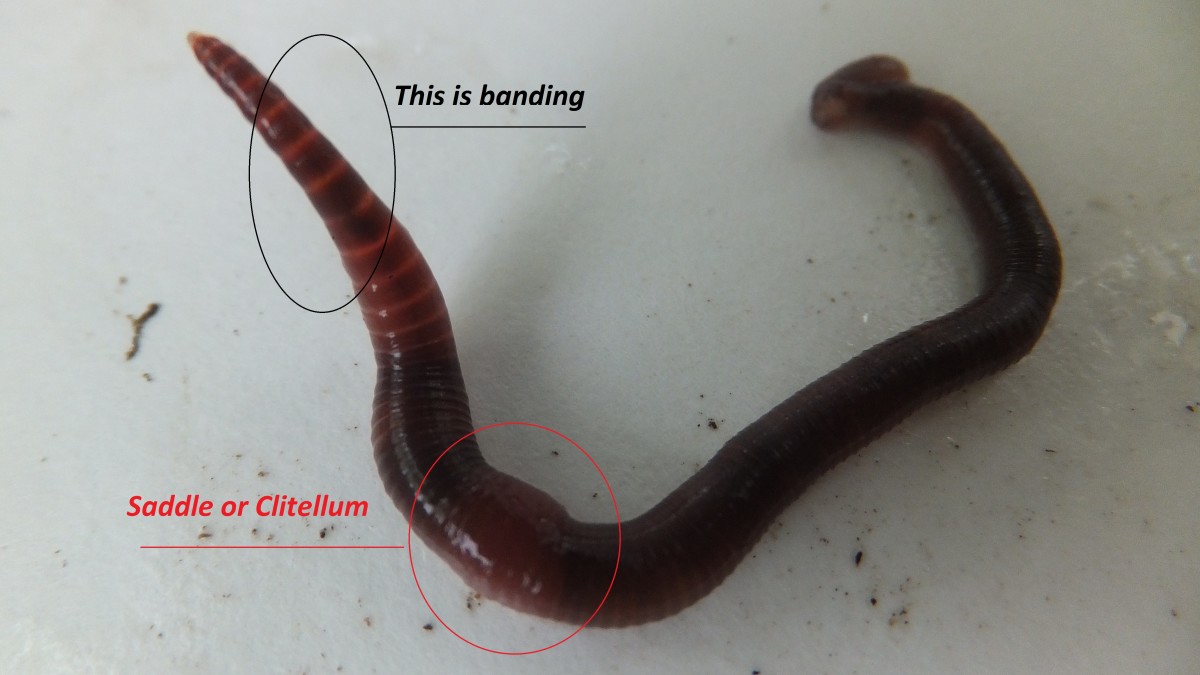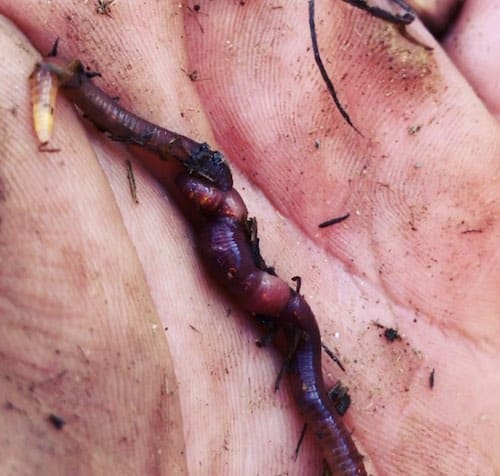Red Wiggler Worms - Perfect for Vermicomposting and Soil Enrichment
Wiki Article
Making Best Use Of the Advantages of Red Wiggler Worms: A Comprehensive Manual for Home Gardeners and Urban Farmers
In the world of lasting gardening methods, red wiggler worms stand as unhonored heroes, quietly transforming organic waste right into nutrient-rich castings that can work wonders for dirt health. By checking out the complexities of how to properly care for and make best use of the benefits of red wiggler worms, people can unlock a riches of possibilities for boosting the sustainability and efficiency of their gardening ventures.Comprehending Red Wiggler Worms
Red Wiggler worms, renowned for their efficient composting abilities, are a species of earthworms commonly utilized in vermiculture techniques. These worms, scientifically understood as Eisenia fetida, grow in decaying natural product, making them excellent candidates for composting.One trick feature of Red Wiggler worms is their reproductive price. These hermaphroditic creatures possess both female and male reproductive organs, allowing them to recreate quickly under favorable problems. A fully grown Red Wiggler can create multiple offspring in a brief duration, guaranteeing a steady populace within a composting system.

Establishing a Worm Container
When developing a worm container for vermiculture objectives, proper prep work and interest to information are important for developing a conducive setting for Red Wiggler worms. Begin by picking an ideal container for your worm bin. This can be a plastic or wood container with a cover to preserve moisture levels and secure the worms from light. Guarantee that the container has water drainage holes at the bottom to protect against waterlogging.
Place the worm container in an amazing, dark location far from straight sunshine and severe temperatures. Routinely monitor the moisture levels, adding water if the bed linen feels half-cracked or dry. Feed the worms a balanced diet plan of vegetables and fruit scraps, preventing citrus fruits, onions, and spicy foods. By adhering to these steps, you can establish up a thriving worm container that will efficiently process natural waste into nutrient-rich vermicompost for your yard.
Feeding and Maintaining Worms
Guaranteeing a nourishing and balanced diet is essential for the wellness and performance of Red Wiggler worms in a vermiculture system. Red Wigglers are starved eaters, efficient in eating their very own body weight in natural matter daily. To maintain a thriving worm population, it is vital to offer them with a range of food scraps such as fruit and veggie peels, coffee grounds, tea bags, and smashed eggshells. Nevertheless, it is important to prevent feeding them citrus fruits, onions, garlic, milk items, meat, and oily foods as these can be hazardous to the worms or trigger unpleasant smells in the bin.Proper wetness levels are likewise important for the wellness of Red Wiggler worms. The bed linens should seem like a wet sponge, giving sufficient dampness for the worms to breathe through their skin. Frequently check the moisture degrees and change by adding water or completely dry bed linen product as required. Furthermore, keeping appropriate temperature level conditions between 55-77 ° F(13-25 ° C )will ensure optimum worm activity and reproduction. By carefully monitoring their diet plan, moisture, and ecological conditions, home garden enthusiasts and metropolitan farmers can maintain a efficient and healthy and balanced Red Wiggler worm population for composting purposes.
Collecting Worm Castings
To effectively remove nutrient-rich worm castings from the vermicompost, a methodical harvesting procedure is important for maximizing the composting benefits. The initial action in harvesting worm spreadings is to urge the worms to migrate to one side of the bin.After the spreadings have actually been harvested, it is very important to divide any kind of remaining worms from the castings to stay clear of harming them during storage or application. One reliable approach is to create conical heaps of castings under brilliant light. Worms will intuitively relocate away from the light, allowing for easy separation and removal.
Finally, the collected worm spreadings must be saved in an awesome, dark, and dry location to preserve their high quality and performance as a nutrient-rich dirt modification. By adhering to these actions, home gardeners and metropolitan farmers can take full advantage of the advantages of red wiggler worms in their vermicomposting systems.
Using Worm Castings in Horticulture
The unification of nutrient-rich worm spreadings right into yard dirt can dramatically improve plant development and general soil health and wellness. Worm castings, likewise referred to as vermicast, are a natural fertilizer produced by red wiggler worms as they break down raw material. These castings are rich in essential nutrients like nitrogen, phosphorus, potassium, and Continued advantageous microbes that promote plant development and boost dirt structure.When utilizing worm spreadings in gardening, it is vital to mix them completely right into the dirt or use them as a top dressing around plants. The slow-release nature of worm castings guarantees a stable supply of nutrients to plants over time, reducing the threat of nutrient leaching and promoting long-term dirt fertility. Furthermore, worm castings assist enhance soil oygenation, water retention, and microbial activity, developing a healthy and balanced environment for plant origins to prosper.

Final Thought
In final thought, the usage he said of red wiggler worms in home gardening and metropolitan farming can substantially profit dirt health and wellness and plant growth. By comprehending how to set up and maintain a worm bin, feed the worms properly, and harvest their nutrient-rich spreadings, garden enthusiasts can maximize the advantages of these earthworms.In the world of lasting horticulture practices, red wiggler worms stand as unrecognized heroes, quietly changing organic waste into nutrient-rich spreadings that can function marvels for soil health.When developing a worm container for vermiculture objectives, correct preparation and attention to detail are essential for developing a helpful atmosphere for Red Wiggler worms. hop over to here The first step in collecting worm castings is to encourage the worms to move to one side of the container. Worm castings, also understood as vermicast, are a natural fertilizer generated by red wiggler worms as they damage down organic issue. By understanding how to establish up and preserve a worm bin, feed the worms effectively, and gather their nutrient-rich castings, garden enthusiasts can optimize the benefits of these earthworms.
Report this wiki page